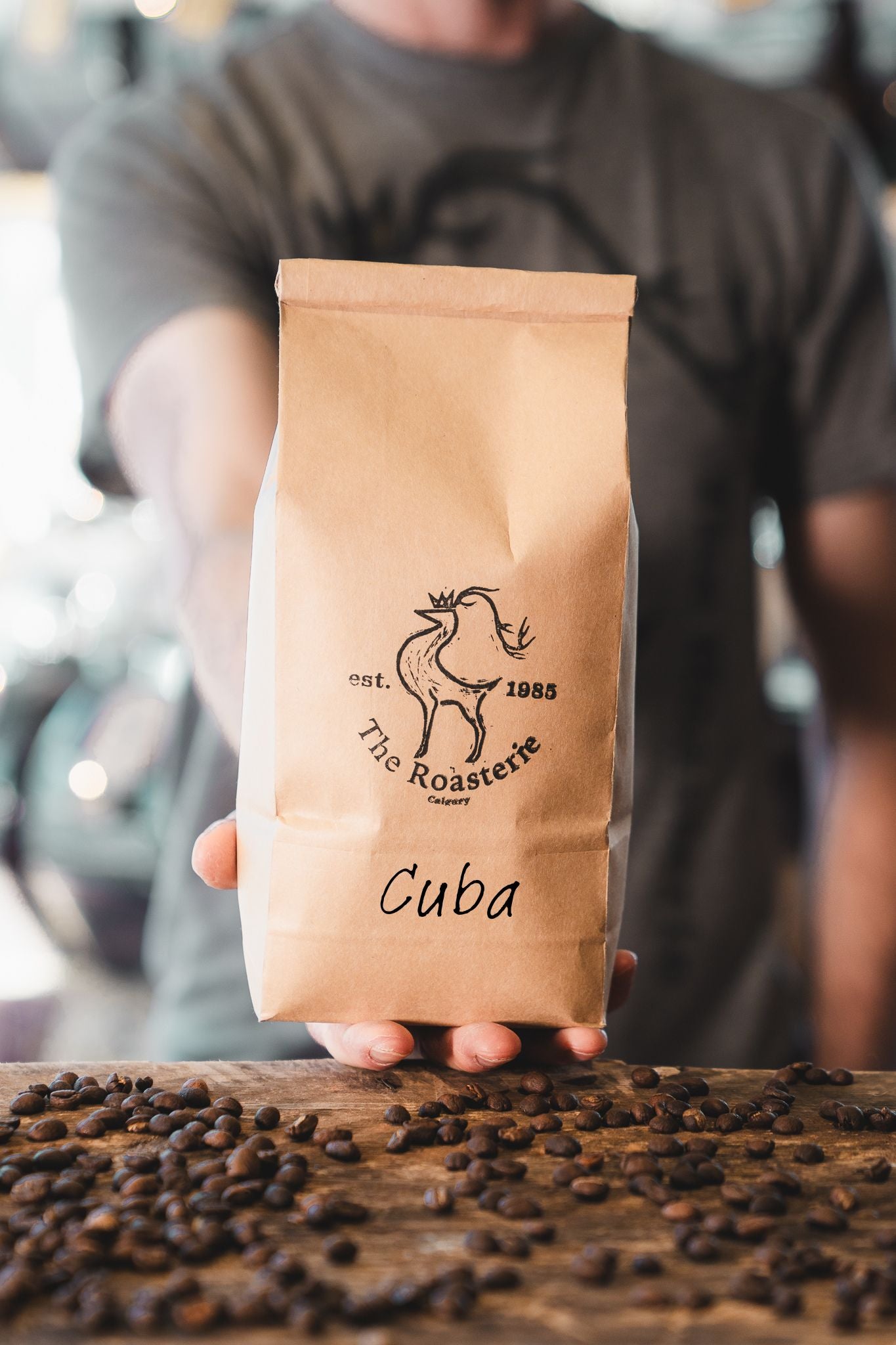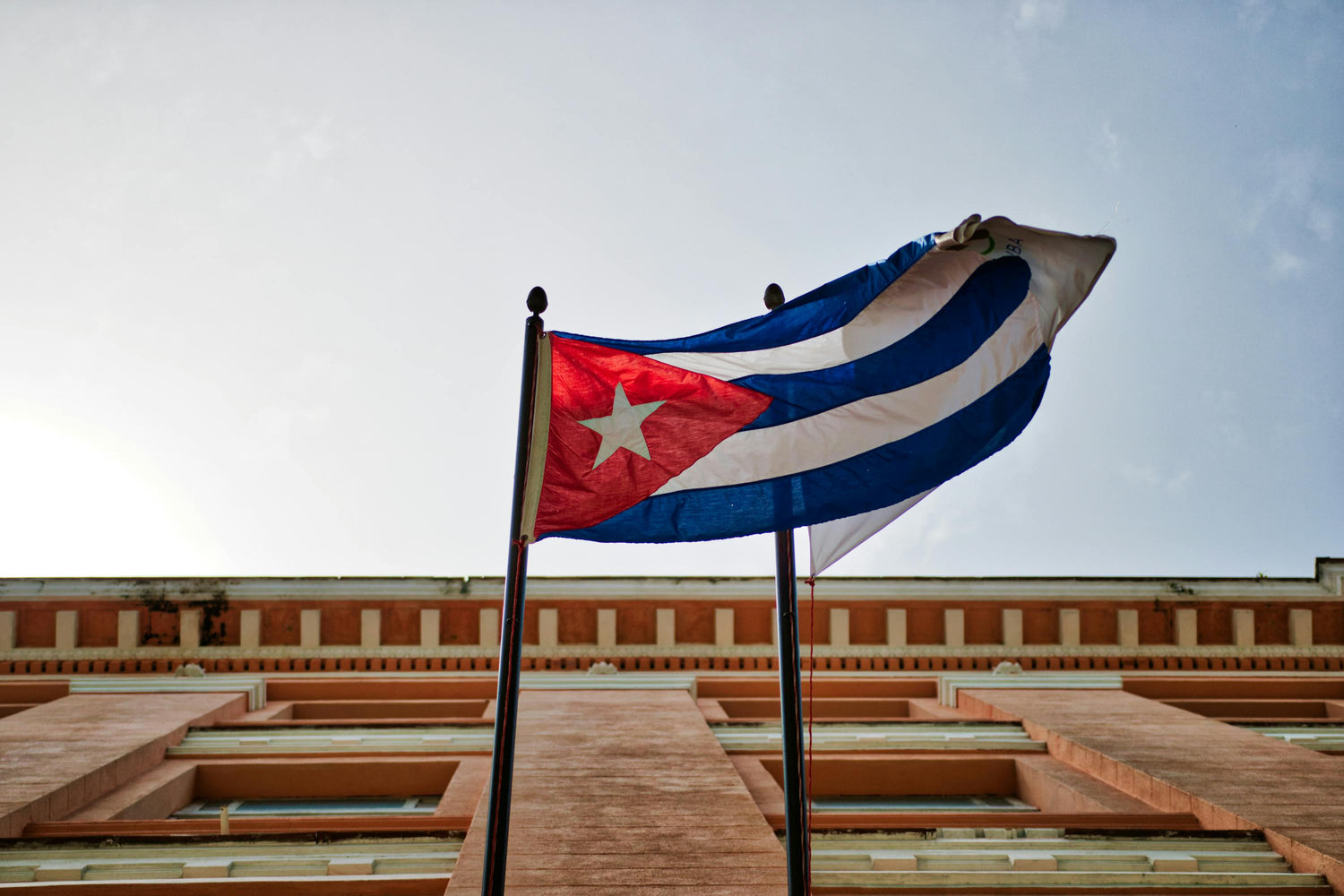
Cuban Coffee: Bold, Smooth, and Hard to Get
Cuban coffee is one of those things that feels almost mythical. People talk about it with a mix of admiration and frustration—admiration for its bold, smooth flavour, and frustration because getting your hands on it outside of Cuba isn’t easy. But if you’ve ever had a proper Cuban coffee, you get it. It’s not just coffee; it’s an experience.
The Basics: What Makes Cuban Coffee Special?
Cuba has been growing coffee since the 18th century, and despite its relatively small size, the country produces some seriously high-quality beans. The main coffee-growing regions include the Sierra Maestra mountains, where rich volcanic soil and a warm climate create the perfect conditions for coffee plants.
Most Cuban coffee is Arabica, and the country is known for its traditional processing methods. Farmers use a wet processing technique, washing the beans to remove the fruit before drying them under the Caribbean sun. This results in a clean, balanced cup with low acidity and a full body.
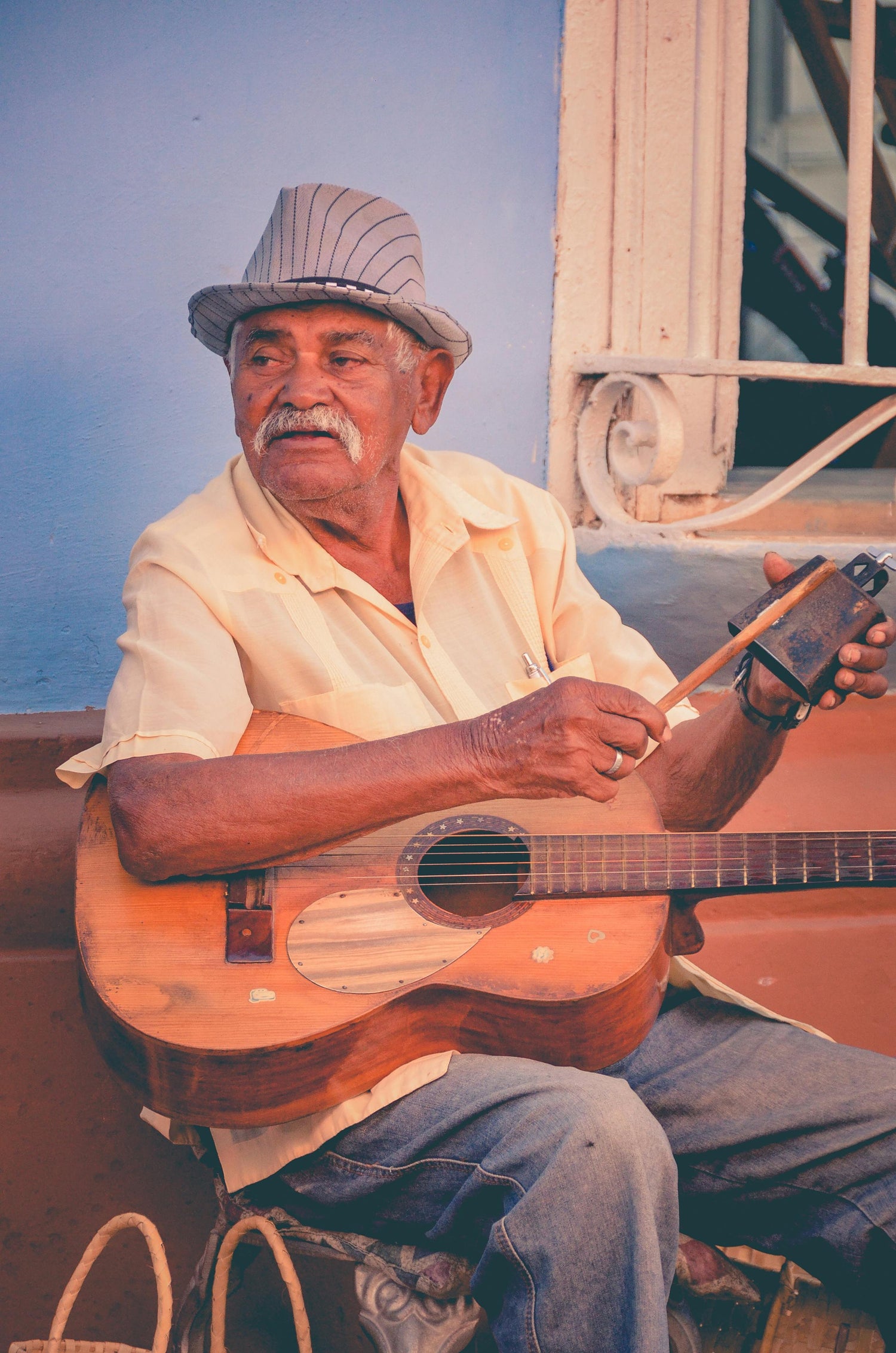
What’s the Deal with Cuban Coffee Exports?
Here’s where things get complicated. Unlike other coffee-producing countries that export a good chunk of their harvest, Cuba keeps most of its coffee for domestic consumption. The little that does make it out is often snapped up by Japan and Europe, leaving North America with slim pickings.
And then there’s the embargo. Because of long-standing trade restrictions, Cuban coffee hasn’t been available in the U.S. at all. Canada, however, has had better luck. You can find Cuban coffee here—if you know where to look.
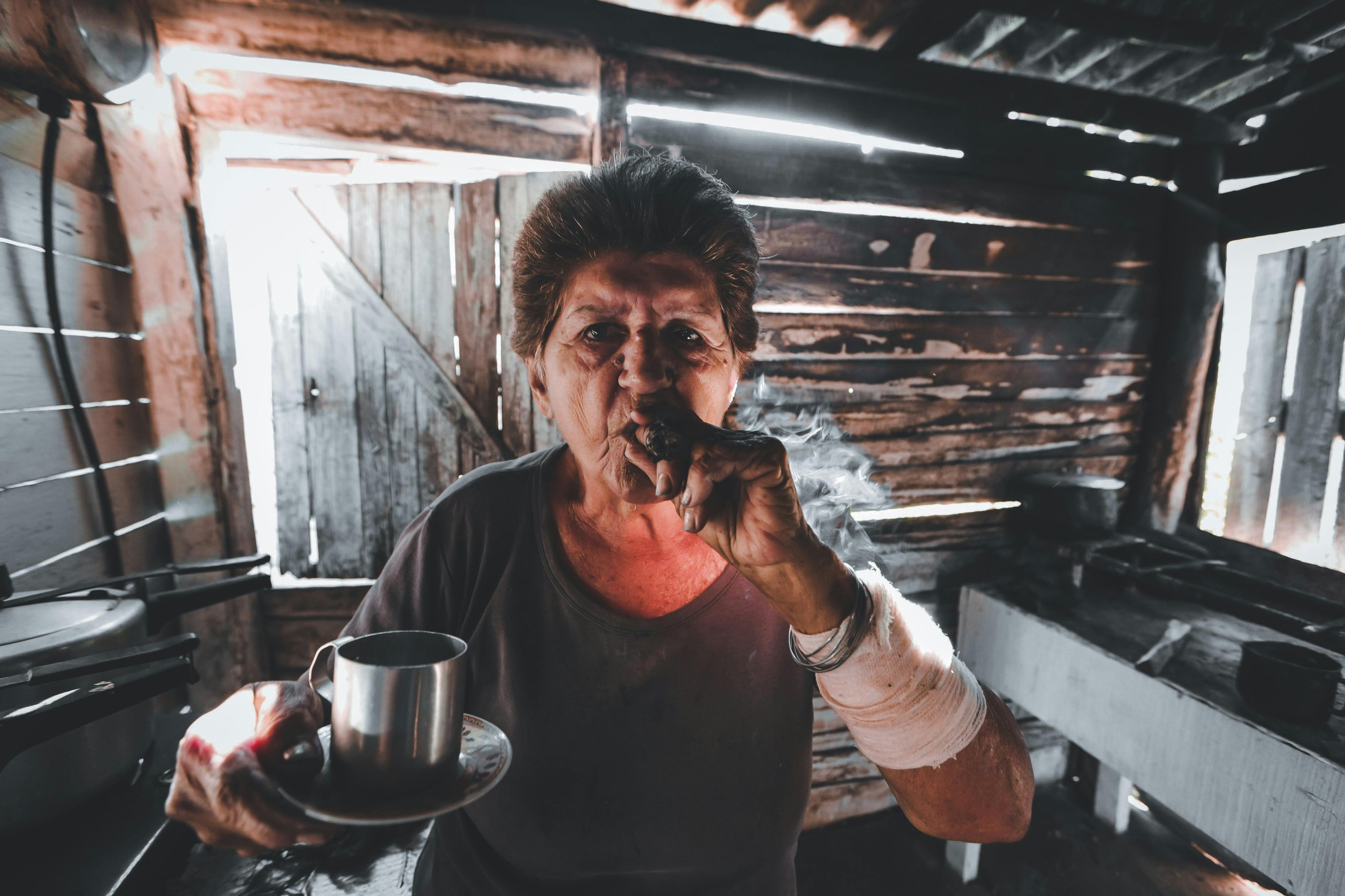
Cuban Caracolillo Peaberry: A Rare Gem
At our shop, we have a true special—Cuban Caracolillo Peaberry. If you’re not familiar with peaberry coffee, here’s the short version: most coffee cherries contain two beans, but sometimes a cherry produces just one small, round bean. These “peaberries” tend to have a more concentrated flavour since they get all the nutrients that would normally be split between two beans.
Caracolillo (which literally means “little snail” in Spanish) is Cuba’s version of peaberry coffee. It has a rich, chocolatey taste with a hint of nuttiness, and it’s smooth as hell. If you like your coffee strong but not bitter, this one’s for you.
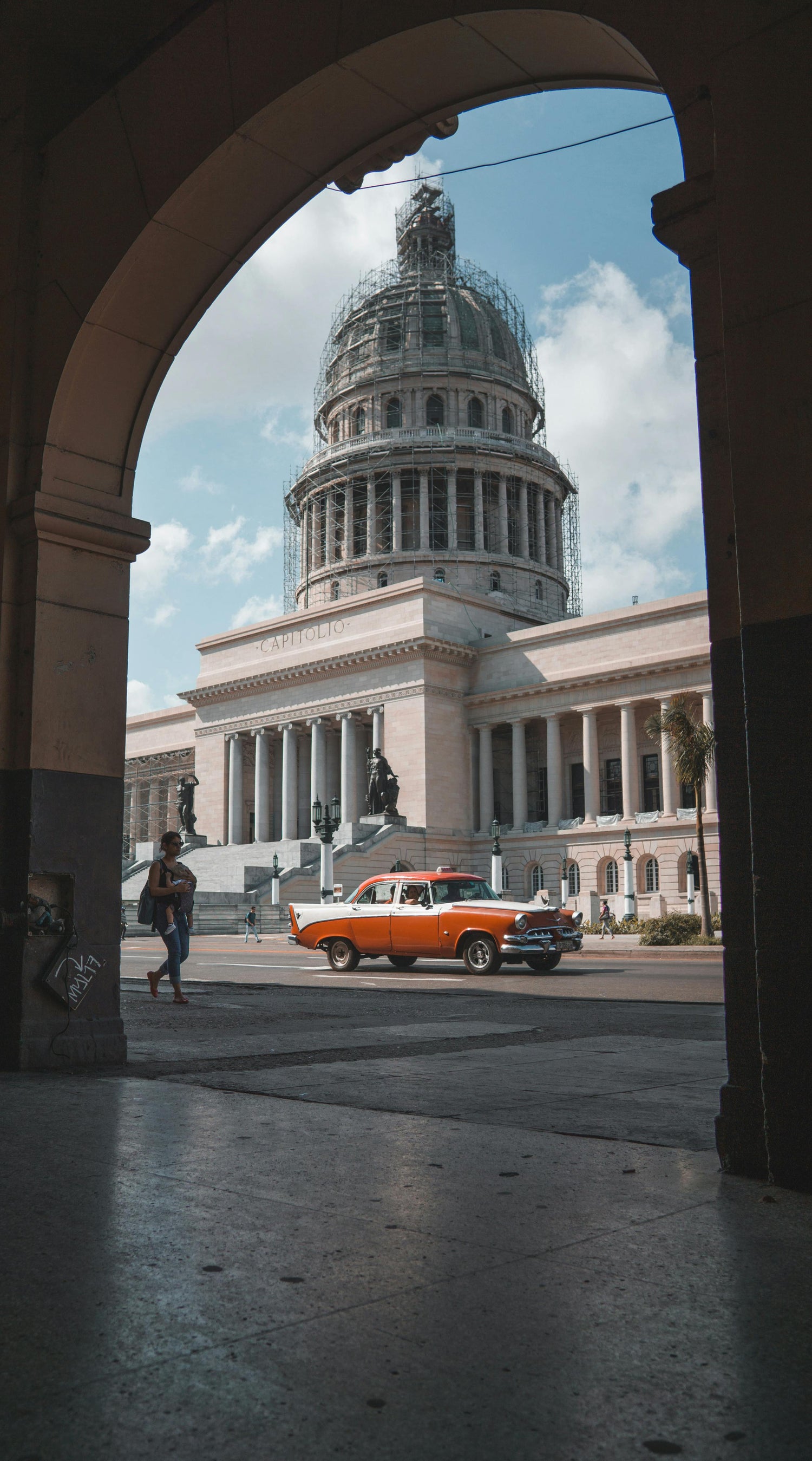
How to Drink Cuban Coffee Like a Local
In Cuba, coffee isn’t just a drink—it’s a ritual. Here are a few traditional Cuban coffee styles you might want to try:
- Café Cubano (aka Cuban Espresso): Brewed with sugar right in the espresso maker, this coffee comes out thick, sweet, and syrupy. It’s tiny but packs a punch.
- Colada: Basically a larger serving of café Cubano meant for sharing. You get one cup and a few small glasses so you can pour it out for friends.
- Cortadito: A café Cubano with a splash of steamed milk. Think of it as Cuba’s take on a macchiato.
- Café con Leche: A larger coffee with plenty of milk, usually served with toasted bread for dipping.
Tasting Notes: What to Expect
If you’ve never had Cuban coffee before, expect something bold but balanced. Our Cuban Caracolillo Peaberry is a dark roast with deep, rich flavours. The tasting notes include baker’s chocolate, a complex aroma of cigar and maduro leaf, and a hint of sugar cane. Unlike some high-acid coffees, Cuban coffee tends to be smooth, making it easy to drink black or with sugar and milk.
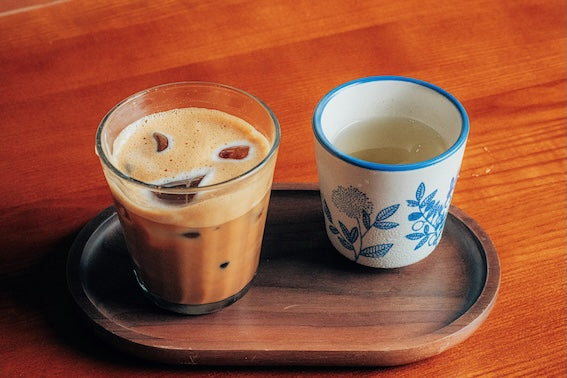
Try It Yourself
If you’re curious about Cuban coffee, you don’t have to book a flight to Havana (though that would be a great excuse for a vacation). Swing by our shop and grab a cup of Cuban Caracolillo Peaberry. Whether you like it straight-up or with a splash of milk, you’re in for something special.
And if you want to take some home? Well, let’s just say you might want to stock up while you can. Cuban coffee isn’t the easiest thing to come by, but when you do find it, it’s worth every sip.
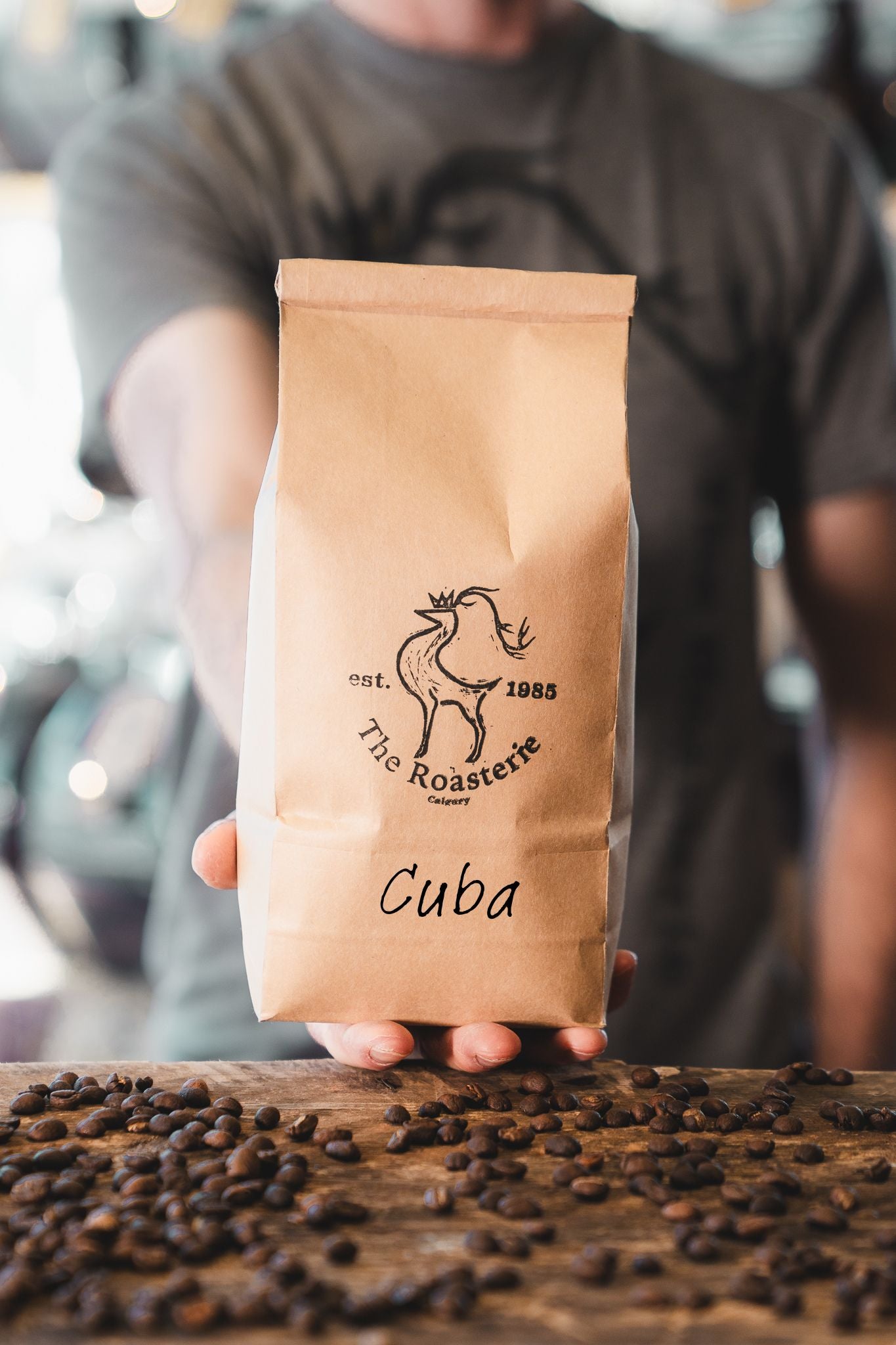
theroasterie.com
Cuba Caracolillo
Share
